The Project: Midstream Pipeline Cathodic Protection Optimization
📍 Central US
The Challenge
Although not required by federal regulations, our client wanted to bring a 300-mile stretch of the client’s intrastate midstream gathering lines into compliance with DOT standards. EARTHRES was selected for this project based on our excellent track record of providing outstanding service and innovative solutions on past projects, and for the training and experience of our NACE-Certified team of technicians.
The Solution
Covering an expansive 300-mile stretch of the client’s intrastate gas pipeline network, this project required meticulous planning and execution as EARTHRES checked the lines to identify improvement opportunities to upgrade and optimize the client’s cathodic protection (CP) system. Immediate modifications and adjustments were made in the field to improve the performance of their galvanic and impressed circuit cathodic protection system.

The EARTHRES team of engineers and technicians provided project oversight, visual inspection, measurement of direct current (DC) structure to soil potentials and DC output of existing rectifiers, long-term test station repair, rectifier tuning, repaired failed insulated flange locations, field repair of anodes, and short-circuiting issue resolutions. After compiling compliance documentation, EARTHRES also developed an on-going maintenance schedule and provided cathodic protection training for client staff. This project being no exception, with proper, continued maintenance the client is now ensured of the integrity and longevity of their midstream pipeline network.
The Results
Midstream pipeline network integrity is restored for peak efficiency and is in compliance with DOT standards.


